会议资讯
简讯 | “当代背景下的世界遗产与可持续发展国际会议”在越南举行
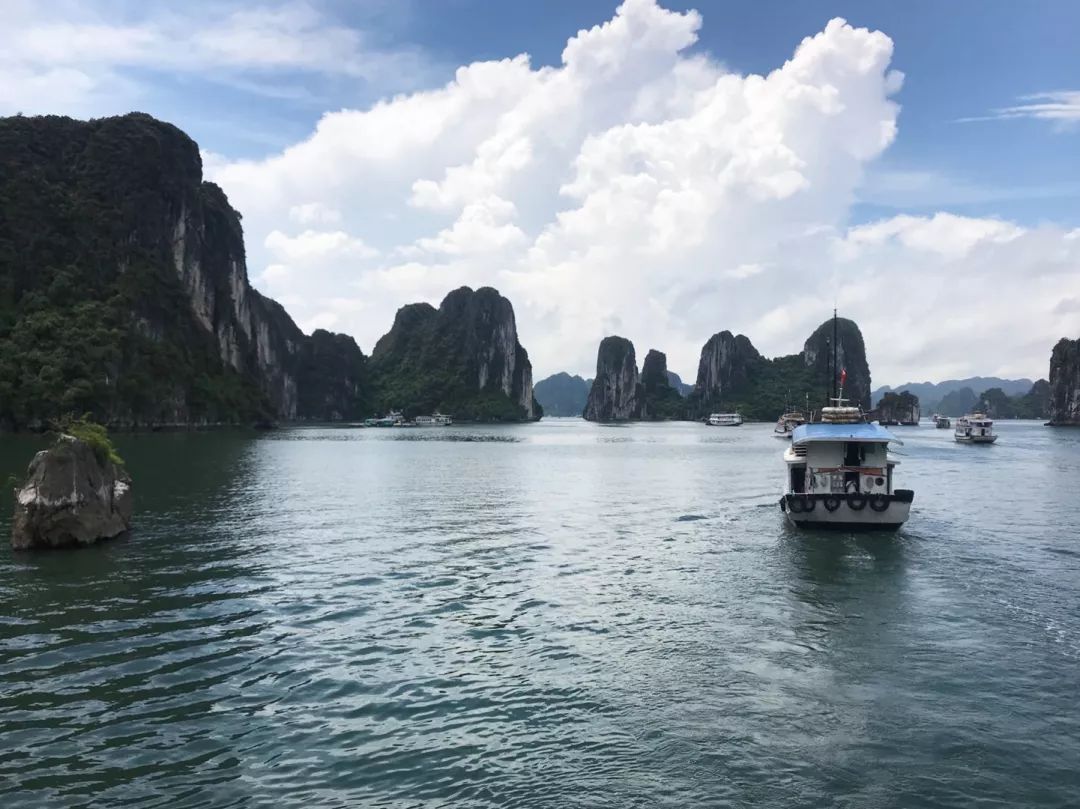
“当代背景下的世界遗产与可持续发展国际会议”在越南举行
联合国教科文组织和越南文化、体育和旅游部于2018年7月9日至11日在下龙市召开了当代世界遗产和可持续发展的国际会议。
自1987年教科文组织正式批准越南加入《保护世界文化和自然遗产公约》这三十年以来,旅游业也随之大幅发展,因此越南同时在旅游、尤其是世界遗产地方面面临着机遇和挑战。
30年间,该国从世界上最贫穷的国家之一转变为东亚最具活力的新兴中等收入国家之一。如今,私营部门在国内国际旅游市场的参与度正在快速增长。为了更好地保护自然遗产,下龙湾等一些遗产地已经改变了经济结构,关闭采矿活动,以此发展更加环保的旅游业,但往往不会产生有效的、可持续的效果。
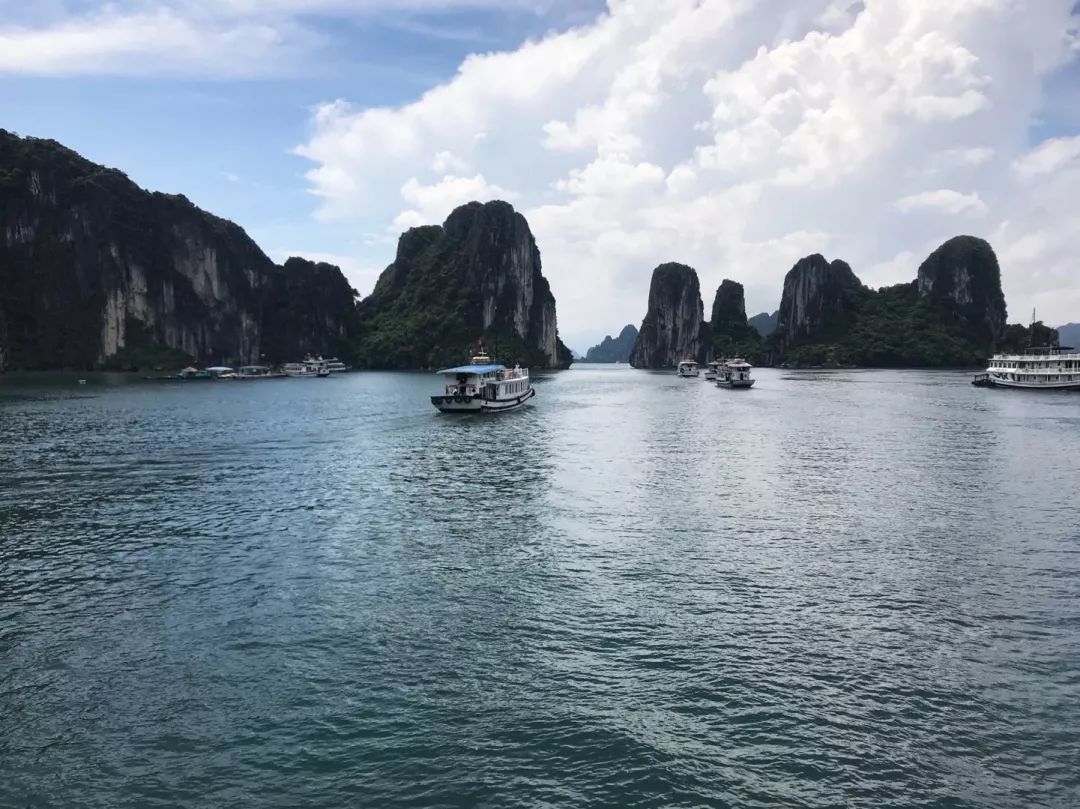
Ha Long Bay © Anna-Paola Pola / WHITRAP 2018
会议使人们有机会根据《2030年可持续发展议程》和《可持续发展目标》,具体到减贫和对当地社区的实际利益来审查目前的情况,更好地了解越南和邻国的世界遗产地对这一议程的贡献。
100多名与会者,包括国家决策者、遗产管理人员、学者和私营部门代表,以及教科文组织和自然保护联盟专家,在下龙湾召开会议,讨论未来的方向。该活动旨在审查良好和消极的实践,以便提出建议,加强世界遗产在可持续发展方面的保护和提升。
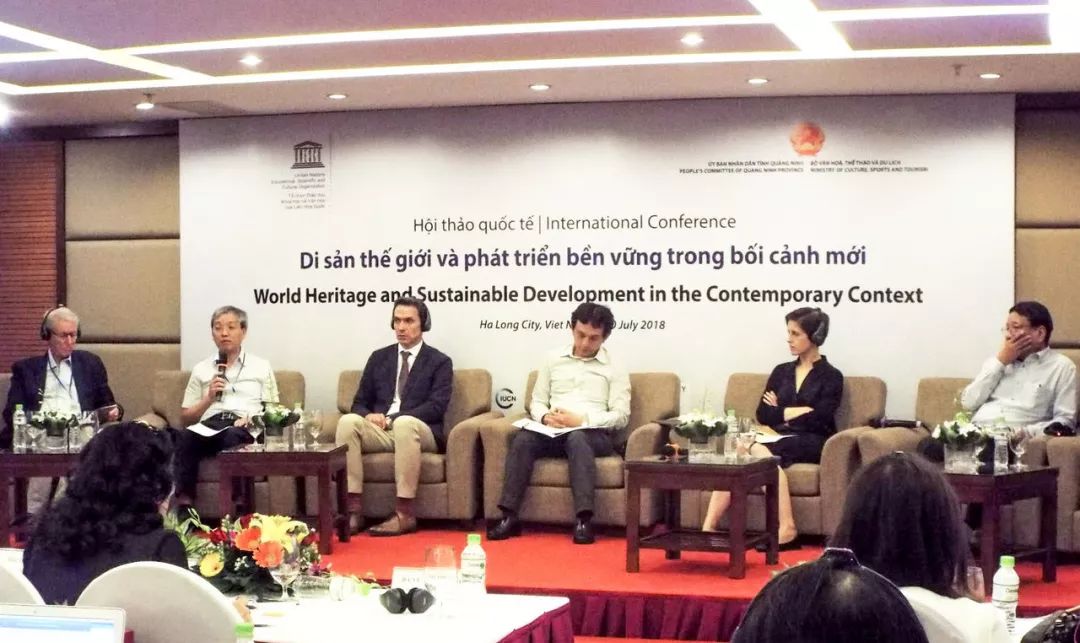
International Conference on World Heritage and Sustainable Development in Contemporary Context, Ha Long City © UNESCO Ha Noi Office
我上海中心安娜波娜·宝拉贡献了中国在修订遗产法规方面的经验,特别是与传统建筑和基于景观的文化价值相关的法规。
本次对越南的访问也是参观和回顾小型聚落研究中的一些村庄现状的机会。为此,7月12日,安娜波娜·宝拉会见了越南的世界遗产地-长安名胜群管理委员会副主任Pham Sinh Khanh先生。之后,他们一起访问了一些村庄,记录了当前的情况,并讨论了最近村庄的变化及即将到来的严峻挑战。
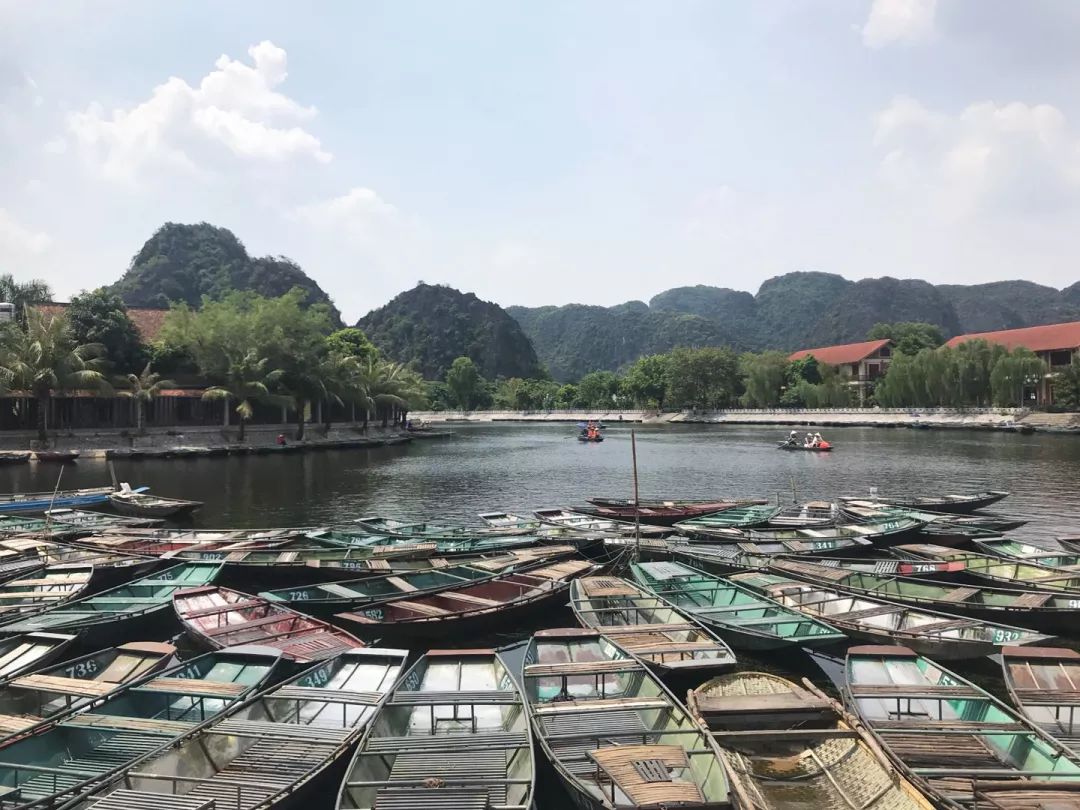 Tam Côć village, Trang An Landscape complex © Anna-Paola Pola / WHITRAP 2018
Tam Côć village, Trang An Landscape complex © Anna-Paola Pola / WHITRAP 2018
International Conference on World Heritage and Sustainable Development in Contemporary Context was held in Vietnam

UNESCO and Ministry of Culture, Sports and Tourism of Viet Nam organised an international conference on World Heritage and Sustainable Development in the Contemporary context in Ha Long City, from 9 to 11 July 2018.
Thirty years since the ratification of the UNESCO Convention concerning the Protection of the World Cultural and Natural Heritage in 1987, Viet Nam is confronting both opportunities and challenges related to significant increase in tourism, especially in World Heritage Sites.

Trang An Landscape Complex © Anna-Paola Pola / WHITRAP 2018
During this period of time, the country transformed from one of the world’s poorest nations, to one of the most dynamic emerging middle-income countries in East Asia region. Nowadays, The involvement of (national and international) private sector in the tourism market is unprecedented, and is growing at a fast pace. To better protect its natural heritage, some sites, such as Ha Long Bay, have transformed their economic structure, closing mining and extraction activities, to favour a tourism industry that is supposed to be more environmentally friendly, but that often results not to be effectively sustainable.
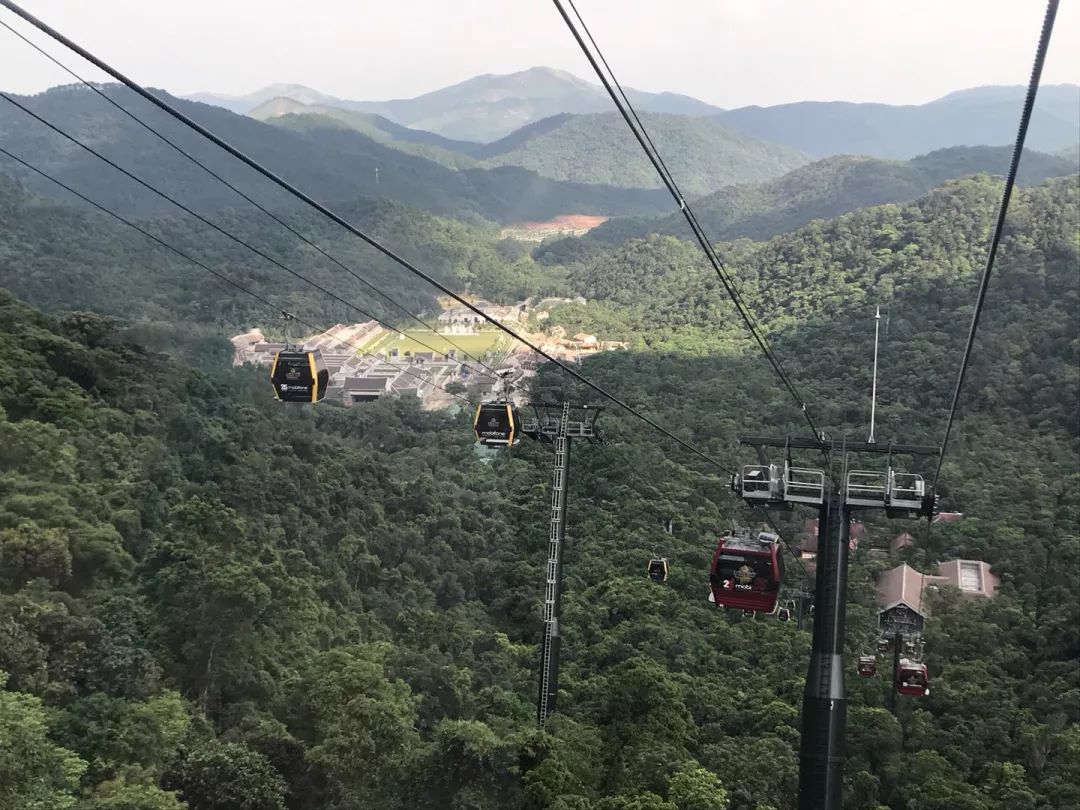
The Background the New Center for Tourism Accommodation and Services © Anna-Paola Pola / WHITRAP 2018
The conference gave the opportunity to examine current situation in the light of The 2030 Agenda and The Sustainable Development Goals in order to better understanding the contributions of World Heritage Sites in Vietnam and neighbouring countries to such an agenda, with specific reference to poverty reduction and to real benefits to local communities.
Over 100 participants including national policy makers, site managers, scholars and representatives of the private sector, together with UNESCO and IUCN experts, convened in Ha Long Bay to discuss the way forward. The event aimed to examining both good and negative practices in order to provide recommendations to enforce the protection and promotion of World Heritage for sustainable development.

National Special Heritage Complex of Yen Tu Pagoda © Anna -Paola Pola / WHITRAP 2018
Anna-Paola Pola, from WHITRAP Shanghai, participated bringing the experience of China in the revising of laws and heritage regulations, especially the ones related to traditional-ordinary architecture and landscape-based cultural values.
The mission to Viet Nam was also an opportunity to visit and review the situation of some villages included in the Small Settlements Research WHITRAP is conducting. To this purpose, on July 12, Anna-Paola Pola met Mr Pham Sinh Khanh, Deputy Director of Trang An Landscape Complex Management Board. Together they visited the site and its villages, recording the current situation, discussing the recent transformations of the villages and the upcoming sensitive challenges that should be addressed in the near future.
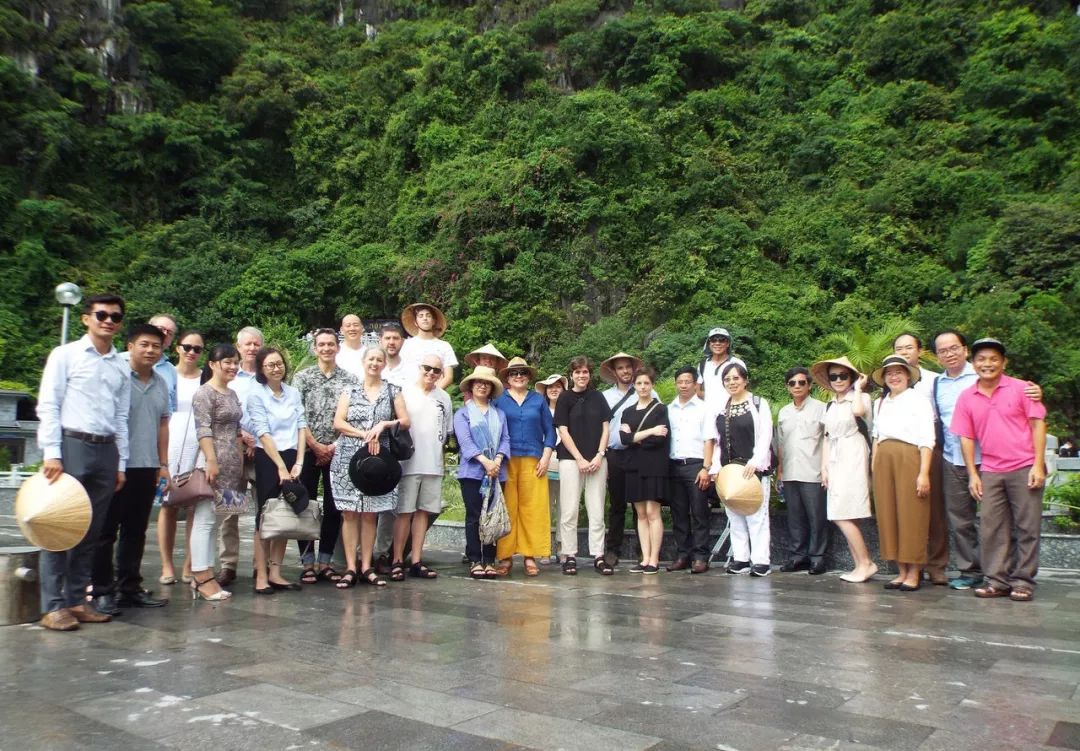
Group Photo © UNESCO Ha Noi Office
图文供稿:安娜波娜·宝拉 Anna-Paola Pola
翻译:刘博添(实习生)
审校:裴洁婷 陈雅欣
编辑:吴卓恩(实习生)
亚太遗产中心(WHITRAP)简介 联合国教科文组织亚太地区世界遗产培训与研究中心(WHITRAP)是联合国教科文组织的二类国际机构(Category 2 Centre),是第一个在发展中国家建立的遗产保护领域的专业机构。它服务于亚太地区《世界遗产公约》缔约国及其他联合国教科文组织成员国,致力于亚太地区世界遗产的保护与发展。
联合国教科文组织亚太地区世界遗产培训与研究中心由北京、上海、苏州三个中心构成。上海中心(同济大学承办)主要负责文化遗产保护相关项目,包括城镇、村落保护与可持续发展、建筑/建筑群/建筑遗址保护以及文化景观保护等;北京中心(北京大学承办)主要负责自然遗产保护、考古发掘与遗址管理以及文化景观管理;苏州中心(苏州市政府承办)主要负责传统建筑技术和修复、保护材料分析以及历史园林的修复与维护。
中心轮值秘书处现设于上海,主要负责根据中心理事会确定的计划和指示,协调和指导中心工作。
轮值秘书处联系方式:
TEL:(+86) 21 6598 7687 转 8002
FAX:(+86) 21 6598 2058
E-mail:whitrap.secretariat@yahoo.comWebsite:www.whitr-ap.org
